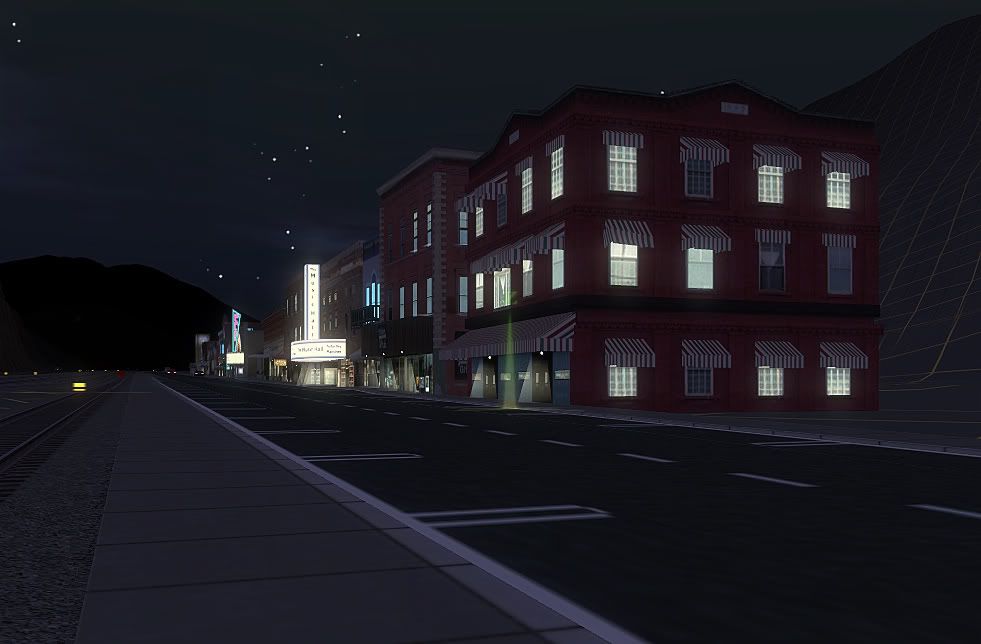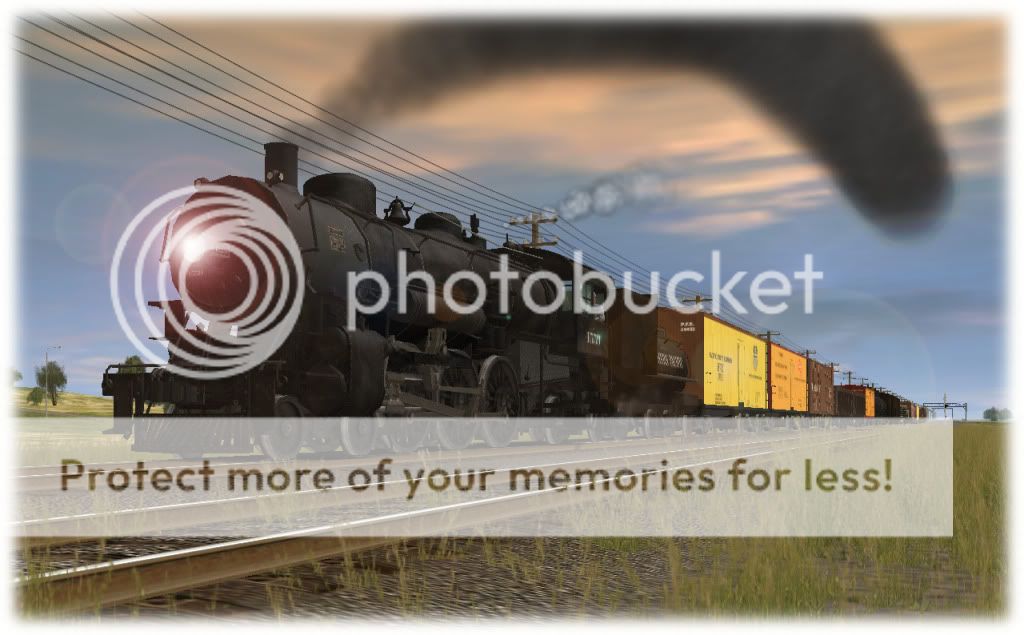Install the app
How to install the app on iOS
Follow along with the video below to see how to install our site as a web app on your home screen.
Note: This feature may not be available in some browsers.
You are using an out of date browser. It may not display this or other websites correctly.
You should upgrade or use an alternative browser.
You should upgrade or use an alternative browser.
USA Pics
- Thread starter Dermmy
- Start date
When is your route going to be ready, Scratchy?
Absolutely no idea, Altoona itself is gonna take a while to finish, even without all the yards it had in its golden age it still has a lot of trackwork and i want to get it right. It would be nice to get someone on board to make some custom content- a rusty version of Gfishers prr signal bridge and some of the towers along the route would be excellent but we'll see what happens i guess
Thanks
Amtrakid17
Route maker in the works
WOAH!!! AWSOME HERT!!!A Union Pacific excursion train roars by:

hert:wave:
simulatortrain
jointed freaking rails
Hey Simulatortrain, those F units are looking super, do you have a target time as to when you might release those?
Yes I do, but it's a secret. Don't get your hopes up yet is all I'll say. I think you'll find it worth the wait though.


I learned a lot doing the Volunteer Line but as it went on it totally got out of hand and lost what it was supposed to be. In the end I liked the work better than ever.
Today I started the route building for the Appalachian and Cumberland Railroad, a short line with its own work as well as foreign power crossing its tracks. It is a totally fictional railroad, set in an area that had many short lines before the 1900’s came about. Like the last one the prime commodity will be coal.
This shot is Cherry Log, the yard and home town of the ACX. Cherry Log is the largest city that the ACX runs through and the country seat in the area.
Today I started the route building for the Appalachian and Cumberland Railroad, a short line with its own work as well as foreign power crossing its tracks. It is a totally fictional railroad, set in an area that had many short lines before the 1900’s came about. Like the last one the prime commodity will be coal.
This shot is Cherry Log, the yard and home town of the ACX. Cherry Log is the largest city that the ACX runs through and the country seat in the area.
Timothetoolman
L.O.V.E.M.U.F.F.I.N

Cheers
Timo
Great shot, the little hut outsideF the fence is easily filled by Georges erie watch building. Great progress.
Josh
Thanks for the tip, but I can't seem to find it on CMP. Can anyone give me some pointers?
jadebullet
might be back?
Wow that Horseshoe route is coming along nicely.
socalwb909
Photo Creator
Wow that Horseshoe route is coming along nicely.
-I second that! Great shot and great shots too all!
-Joe

Cheers
Timo
I'm in instant love with that engine...but where'd the reefers come from? are they from fitz505?
I need to get better at making 40's and 50's consits...
I need to get better at making 40's and 50's consits...
Well Timo is the one to teach you! :hehe:
SantaFebuff
That's So Trainz Forum
The best way to get a prototypical consist is to think of how the railroad operations were carried out. For instance, if someone simulated a local they had with both locomotives facing forward, when in real life they always were back to back, what difference would it make? A lot! In real life, they may have had the locomotives back to back due to reasons such as there being no way to turn around the locomotives when they need to run around a train.
Using such an example gives a perspective that can be applied to anything else. Such as a consist. Some passenger trains would, on occasion, run baggage cars on the rear. This unusual practice could have been done to avoid trouble with an awkward styled station, or feature in the route.
To sum it all up, to accurately represent something in real life, such as a railroad, looking at reasons and the practicality of something is vital. The quickest way to learn, is from example.
It was always the goal to get it done fast. Where else to go than "Operation Fast Freight"?
http://www.youtube.com/watch?v=3mXo_ya-kAE
Cheers,
Joshua
Using such an example gives a perspective that can be applied to anything else. Such as a consist. Some passenger trains would, on occasion, run baggage cars on the rear. This unusual practice could have been done to avoid trouble with an awkward styled station, or feature in the route.
To sum it all up, to accurately represent something in real life, such as a railroad, looking at reasons and the practicality of something is vital. The quickest way to learn, is from example.
It was always the goal to get it done fast. Where else to go than "Operation Fast Freight"?
http://www.youtube.com/watch?v=3mXo_ya-kAE
Cheers,
Joshua
Similar threads
- Replies
- 6
- Views
- 950




